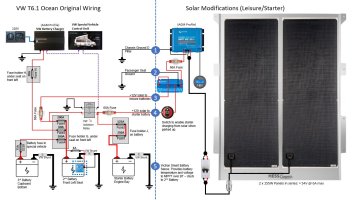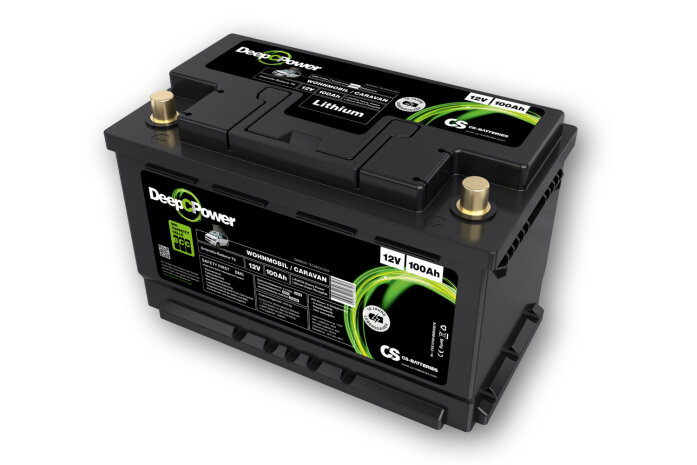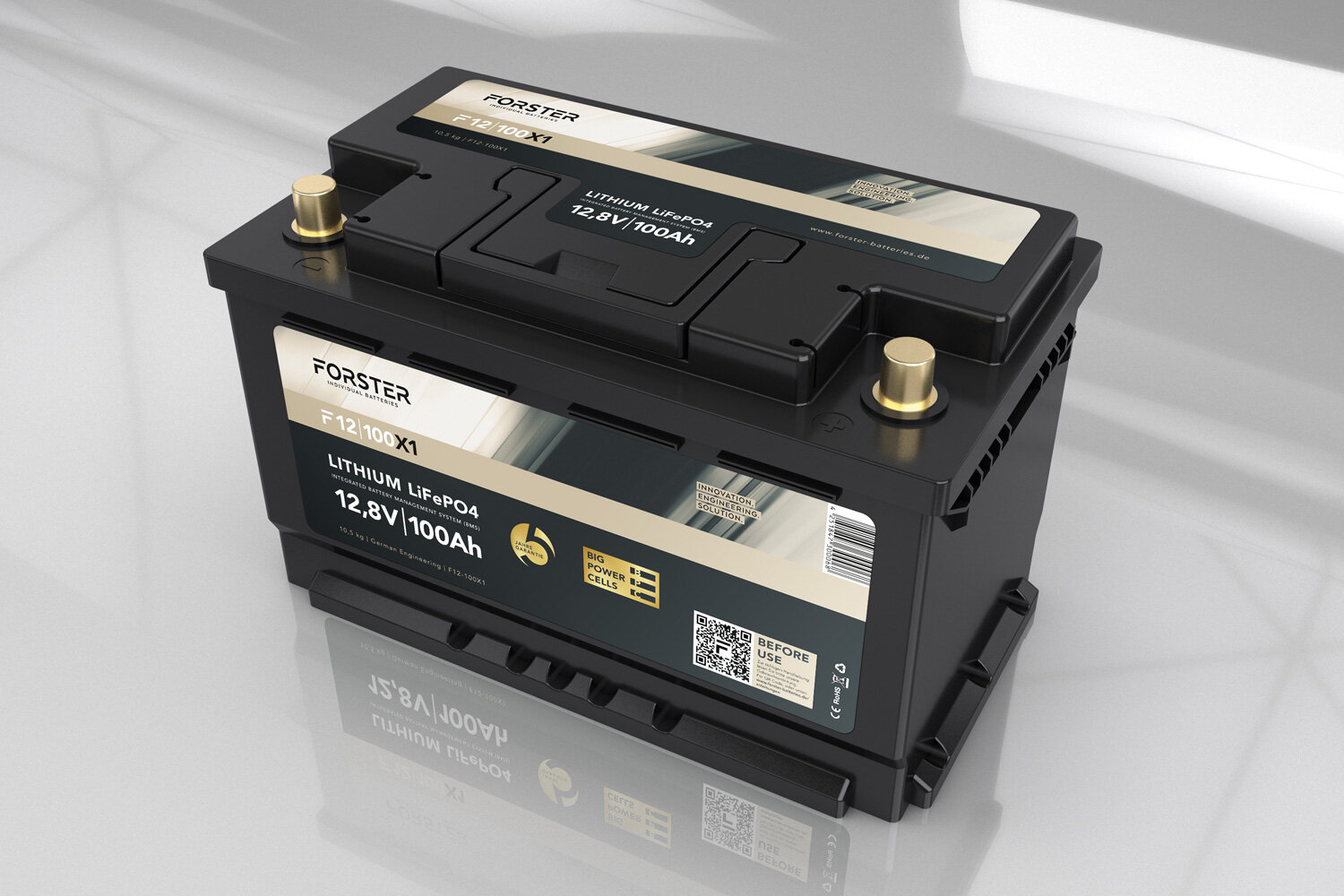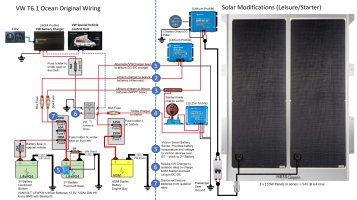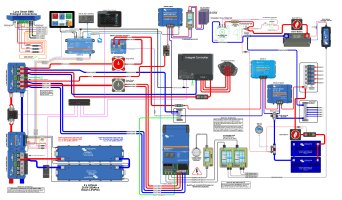California_Ocean
Unfortunately the VW system controls the isolation relay between the starter and leisure banks and it is used as part of the charging strategy when on shore power. (as well as the start/stop, recuperation and Max Charge logic)Anytime your spilt charge relay engages current will flow from the batteries at a higher state of charge to the lower state of charge.
The only way to achieve what you want is to isolate the two buses, either with a smps or diode or diode like device. The diode solution will need current limiting.
[Edit] Caveat: the alternator, if operating, may complicate things.
I think your simplest solution will be remove the relay and install a smps, a B2B in forum speak. You could leave your Argofet in place and things will probably work quite well.
The VW charger is attached to the leisure bank and when shore-power is detected, the relay is closed to allow starter battery charging. Not sure what the logic is, both batteries simultaneously, leisure priority, or even stop charging the starter at 80%. I don't want to mess around with the original VW wiring for fear of screwing up whatever charging strategy they run - and killing the Max Charge feature. I also can't completely remove the isolation relay or I get fault codes generated.
The Argofet arrangement seems to work very well when the van is parked up and unused, and the solar works fantastically when only charging the leisure batteries.
A simple switch for both options may be the answer.



